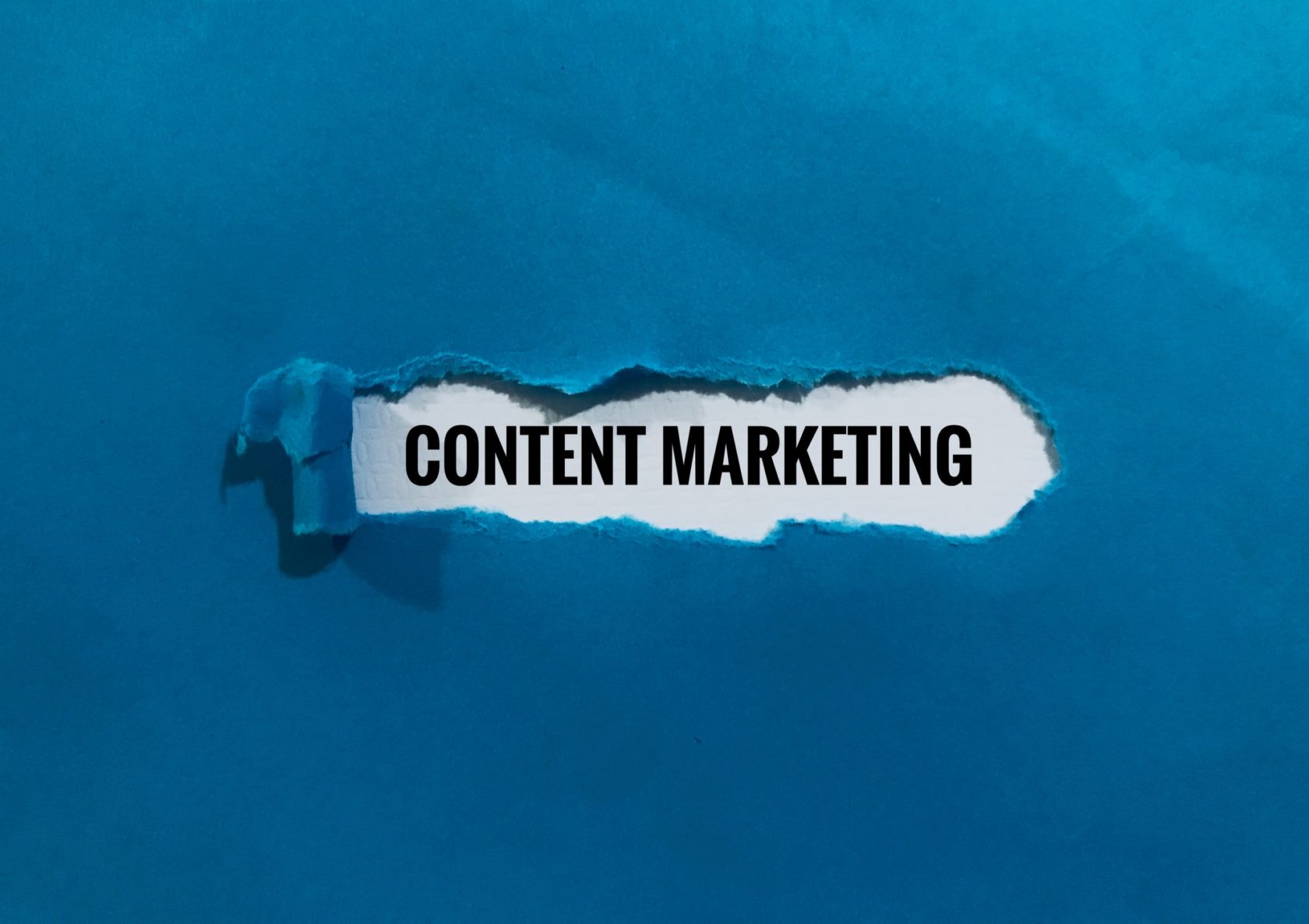In the 1950s, Mr. and Mrs. Jones would enter a store and view its merchandise. The windows were clean, the goods arranged well, and they’d notice small customer-centric touches around the shop: little thank you signs, chairs at the payment counter or desk for clients to sit on, maybe a sweetie jar for the kids, and the friendly smiles they did or didn’t receive throughout their shopping experience.
Aah, those were the days… and they’re dead.
Online presentation gives businesses none of that.
Zero.
Online, none of the customary presentation possibilities of legacy business are available. Your display racks are now a web page, and your friendly approach and overall ethos can’t be given by attentive staff or strategically placed in-store signage.
Must Read: Why Web Design is Important for the Success of Your Business
On the other hand, many costly inputs that presented a real barrier to entry in legacy retail have fallen away online. Of course, there’s a lot of ‘build’ in an online store, but obviously less cement is needed to build a website.
The logical display and flow of a legacy store is now navigation on a website – a design component – and the ethos is found in content.
While the immense amount of signage and traditional advertising legacy stores needed in the past has significantly decreased, those same signage, flyers, and print ads have been replaced by the need for tech.
Ask an IT support company like Mustard IT just how much hardware and connectivity go into the average e-commerce presence, and they can confirm that – while much of legacy business simply falls away online – it can’t fall away successfully without its replacement toolkit being comprehensive, sleek, and productive.
Put another way: while the demands of legacy retail remain, different approaches and different tools are employed to meet those needs online.
Shopping online saves time, provides the chance to quickly compare products or services, and offers reviews for consumer reassurance. It comes with a truly global selection, and often enough gives rise to heavy price competition-all great things for consumers and B2B clients, respectively. The benefits remain no matter who is shopping for what.
But while a website houses the virtual store, and paid-for online ads can replace the print ads and signage used to signal a legacy commercial presence in the past, there are essential aspects of business that aren’t so easy to replace online.
Why focus on content marketing and web design?
It falls on web design to build your visual appeal online.
The reason we present our goods and services to consumers in a certain way is because we still expect companies to show us certain trappings of success, or at least good intentions.
Online, design is your front door and display area inside the shop. You need to take all of the ‘real-world display’ of a brick-and-mortar shop and convert it into a screen no bigger than a handheld device.

However, the premise of “see me, buy from me” is a flawed one in the bigger picture, and that goes for design and digital marketing, too. Those are essential elements of online success to be sure, but as any startup can tell you, you can do all the grand presentation and marketing you like-a a stunning site with paid ads, mail campaigns, and social media positioning and still not make a penny coming out of the gate.
No response.
No sales.
Zip.
Because people buy from those they know or trust.
The second layer of content: what you say, how you say it, and tone

This is where we skip over the topic selection and keyword stuffing innate to content marketing, as extremely valid as those considerations might be when it comes to being found online.
There’s a second layer to content that holds the real value of content marketing and that concerns:
- what you’re saying
- how you say it, and
- what your attitude is, as evidenced by your tone.
These are the elements of content marketing that reassure, impress, and engage prospective clients to make a sale.
In a nutshell, it’s still the emotive realities of content that make sales.
Metrics that matter: customer spending and return rate
If your SEO is so good that you have a constant stream of organically sourced new clients flowing through your store every day, congratulations! But that needs to be vetted against how many buy, and how many return.
The only metrics that truly matter when it comes to e-commerce are:
- How much is your successful SEO traffic coughing up?
- How many return to buy from you again?
How much money you’re collecting from individual customers is the real value of content marketing-not the ability to flag for keywords or successfully pop up when someone shouts something close enough to your name.
Engaging content = sales
If you’re shopping stocks and want to invest in shares of a company, you’ll look at the cost of the share versus the potential earnings (the PE (price to earnings) ratio) you can expect over time from that share.

If you’re evaluating your online business, the ability of the content to engage customers and make sales performs the same function. It’s a function easily evaluated by reviewing the analytics that tells you how many people found you organically, how many spent money, and how many returned to spend more.
This is why…
- content can’t be trivial at best, or rubbish at worst.
- white label SEO exists.
- gaining traffic is only half the battle of content marketing.
That organic traffic needs to feel warm and fuzzy enough to buy your offer, assuming your service or product has value and is priced correctly.
Yes, content marketing is predominantly SEO, where you employ keywords in posts to attract users searching for your goods or service, but it’s more than that, too.
Much more.
SEO is essential for anyone hoping to be noticed and attract customers, but that’s only the first part of content marketing.
It’s those little touches – the comfy chairs and sweetie jar – that legacy retail would employ to welcome customers and show them who they’re dealing with, that skilled content needs to convey.
A conversational tone, a valid topic, and a touch of humour and good nature are the ill-defined and hard to peg down aspects of content. Content isn’t merely a tool that enables you to rank and be found. A far more subtle (yet possibly even more crucial) imperative is conveying the company ethos.
Building trust.
Being consistent and transparent.
And making sales.
Content doesn’t just fill design space; it’s supposed to work!
That is the subtle second layer of content’s value, and why content marketing is a persistent and slow build: because it takes time to build trust.
The valuable clients you want are going to recognise you when you’re speaking to them, and they’ll need a few “conversations” before you represent a known value.
Seo-optimized content is the advertising of the “see me and buy me” type, yes. But content is also telling your customers – with every sentence – how you feel about them, whether you’re trustworthy or just making noise, and whether you’re a worthwhile addition to their supplier’s list.
Everyone has one of those-did you know that?
Key Takeaways

Be aware…
- that content is more than SEO.
- of what you sound like once people have found you.
- of what you’re saying, and you might just see those two all-important metrics rising pretty quickly.
Move beyond engagement metrics, and look at the naked reality of how much money you’re making, and how much you can expect to make again. Strong, successful content is happy to be measured on those values-any content that isn’t, is just filling space and killing time.
People can see what you’re saying, and they know intuitively what it means.
Make sure you do, too.

